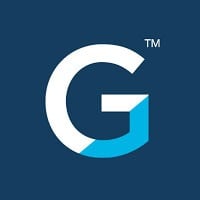
Gainsight
At Gainsight, our mission is to be living proof you can win in business while being human first. Gainsight, the world’s leading Customer Success platform, helps businesses drive efficient growth by unifying the post-sales customer journey. Our innovative suite of solutions—including customer success, customer education, product experience, community management, and conversational AI insights—are trusted by companies of all sizes and industries, including nearly 200 publicly traded organizations. With Gainsight, businesses can leverage AI-driven insights from real-time customer interactions to enhance engagement, improve retention, and drive expansion. Our platform makes it easier for customer success, product, and community teams to scale efficiently and gain a holistic view of their customers, driving product adoption and building thriving customer communities. Gainsight joined the Vista Equity Partners portfolio in 2020. In 2021, we won their Excellence in Engineering award in recognition for our product and engineering advancements. A remote-friendly company, we have offices in the US, UK, Netherlands, Israel, and India. Gainsight received the top spot in Glassdoor's Best Places to Work for 2023. It has also been named as one of the top 100 private cloud companies in the world by Forbes, one of the fastest-growing private companies in America by Inc. Magazine, and one of 20 Great Workplaces in Tech by Fortune Magazine.






